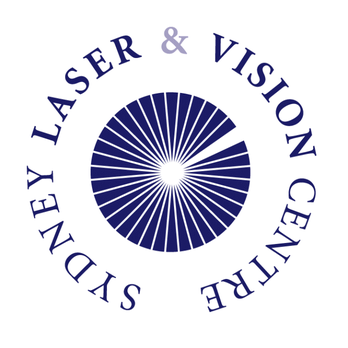Photo Refractive Keratectomy PRK
ALTERNATIVES TO LASIK
Laser Vision Correction is a generic name for various techniques used for the correction of shortsightedness, longsightedness and astigmatism. These techniques include 100% BLADE FREE LASIK, which involves fashioning a “corneal flap”, as well as the non-flap techniques such as Photorefractive Keratectomy (PRK), NU-LASIK, Advanced Surface Laser Ablation (ASLA) Vision Correction, LASEK or Epi-LASIK.
The Sydney Laser and Vision Centre, like most Laser Centres in the Western World, performs both LASIK (flap techniques) as well as the non-flap techniques. In general, LASIK is the preferred procedure of choice by our Surgeon due to the quicker recovery of patient’s vision (1 day as opposed to 7-10 days), less time off work and a less painful healing process. In only the minority of patients, eg with a “thin Cornea”, a non-flap technique would be more appropriate. Our 2 hour free initial consultation will allow us to determine and explain which type of vision correction is the most appropriate to give you the best possible visual outcome.
Non-Flap Techniques:
PRK stands for PhotoRefractiveKeratectomy. This is 100% blade free technique. It involves removing the outer corneal surface (epithelium) by debridement (scraping). An Excimer laser is then used to reshape the cornea. PRK patients wear bandage contact lenses for 3-4 days while the outer corneal surface (epithelium) regenerates. People with thinner Corneas may be suitable for PRK. In the PRK technique, as the Corneal epithelium has to regrow over the Cornea, the visual recovery is much slower (7 -10 days as opposed to 1 day), which requires more time off work, and the healing process is more painful than with LASIK.
ASLA stands for Advance Surface Laser Ablation. This 100% blade free technique is a variation and refinement of PRK whereby the epithelium is loosened initially with alcohol making it easier and smoother to remove. An Excimer laser is then used to reshape the cornea. PRK patients wear bandage contact lenses, normally for a few days, while the outer corneal surface (epithelium) regenerates. ASLA is generally used when a person is unsuitable for LASIK due to a thin or irregularly shaped cornea.
In the ASLA technique, as the Corneal epithelium has to regrow over the Cornea, the visual recovery is slower (7 -10 days as opposed to 1 day), which requires more time off work, and the healing process is more painful than with LASIK.
LASEK stands for Laser Assisted Sub-Epithelial Keratectomy ie. to remove tissue from the Cornea under the Epithelium (surface layer) using Laser. In LASEK, the corneal epithelium is loosened with alcohol and ”rolled away”, after which the computer controlled Excimer Laser is used to remove tissue from the surface of the Cornea resulting in a flattening of the curvature of the cornea and therefore resulting in vision correction. The epithelial cells are “rolled back” prior to a bandage contact lens being placed on the eye. In the LASEK technique, as the Corneal epithelium has to adhere to the Cornea, the visual recovery is much slower (7 -10 days as opposed to 1 day), which requires more time off work, and the healing process is much more painful than with LASIK.
NU-LASIK refers to LASEK. It is a misleading term as it is not LASIK at all but rather LASEK.
Epi-LASIK: Is essentially the same as LASEK, however, the epithelium is removed using a mechanical device with an oscillating plastic separator rather than with alcohol.
PHAKIC INTRAOCULAR LENS
Phakic Intraocular Lens is a technique is for the correction of shortsightedness, astigmatism and longsightedness. It is a good alternative for people under 45-50 and those who are not suitable candidates for LASIK which include people whose Cornea is too thin, those with extreme shortsightedness (greater than 10 Dioptres) and those with extreme longsightedness (greater than 6 Dioptres). This technique involves inserting an artificial lens onto your iris and leaving your existing natural lens. The advantage of Phakic Intraocular Lens is the retention of the lens’ own capacity to accommodate for reading and close up work.
Our 2 hour free initial consultation will allow us to determine and explain which type of vision correction is the most appropriate to give you the best possible visual outcome.



